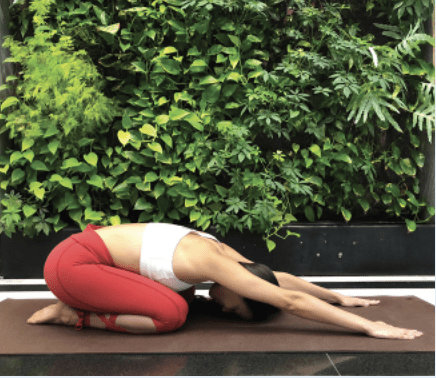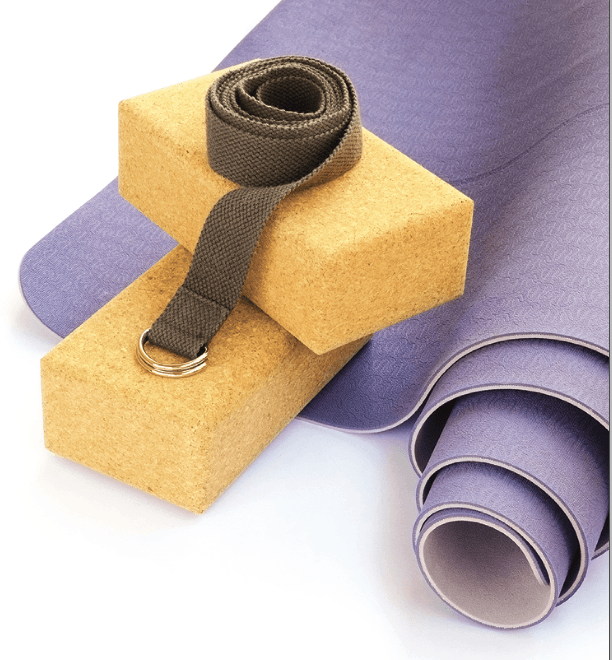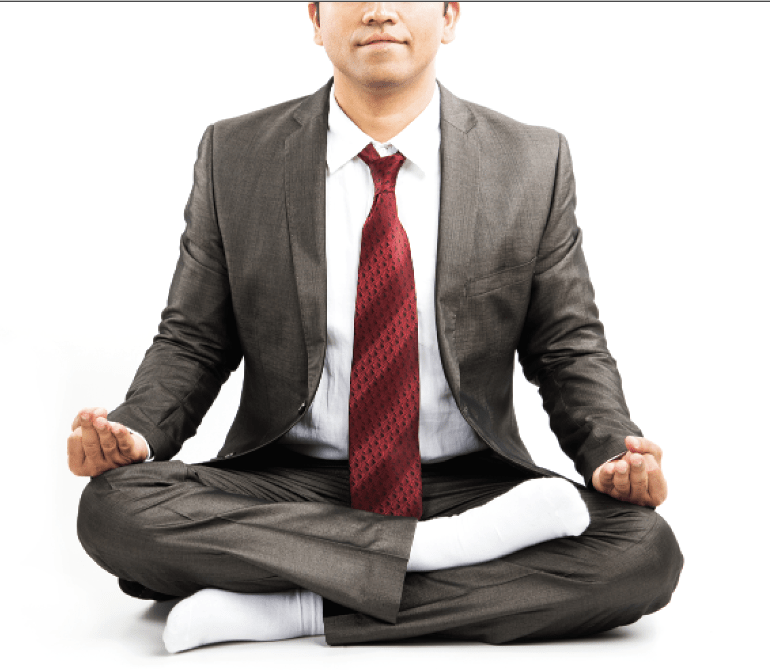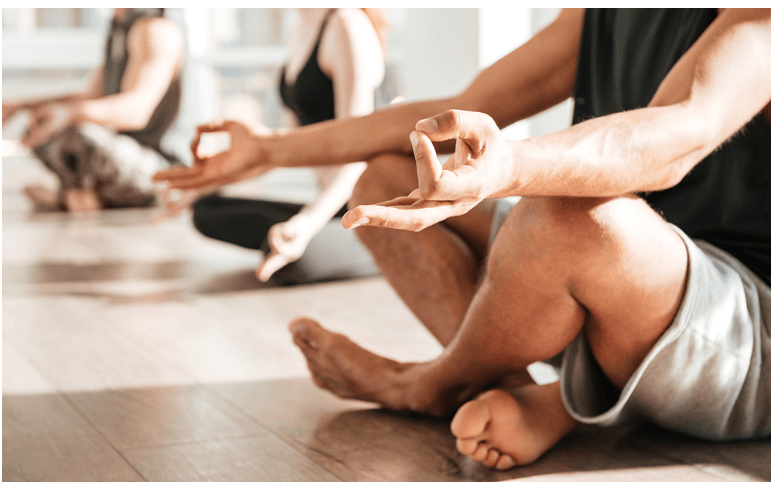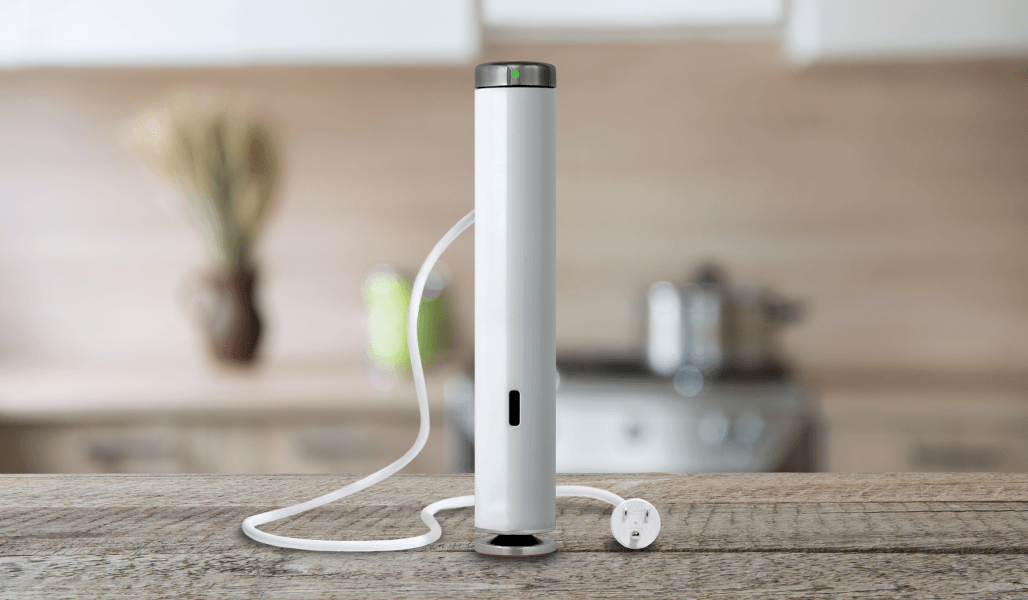Put 2020 To Bed
Over time, a special kind of yoga can help relax the body and mind to promote a restful night’s repose
The year 2020 has been one of the most surreal and stressful in recent history. Reality has shifted, and the resulting worries can hamper the ability to get restful sleep. But yoga has a deeply relaxing practice that can melt away tension and unlock deep restful sleep like never before: yoga nidra.
Even yoga students with insomnia and sleep disorders can find relief with the aid of yoga nidra—or yogic sleep as it’s sometimes called. Yoga nidra is deep relaxation guided by someone’s voice, whether in person or via a recording. It is designed to take the yogi through two levels of awareness: the conscious mind and the subconscious mind. Beginning with a step-by-step relaxation of the body, one can let go of the tensions stored in the muscles. This brings release from the conscious mind.
But why make the effort to get quality sleep? Because sleep is not just pleasant. Sleep also plays an important role in health. During sleep, blood pressure is naturally lower than in a waking state, allowing the heart to rest and rejuvenate.
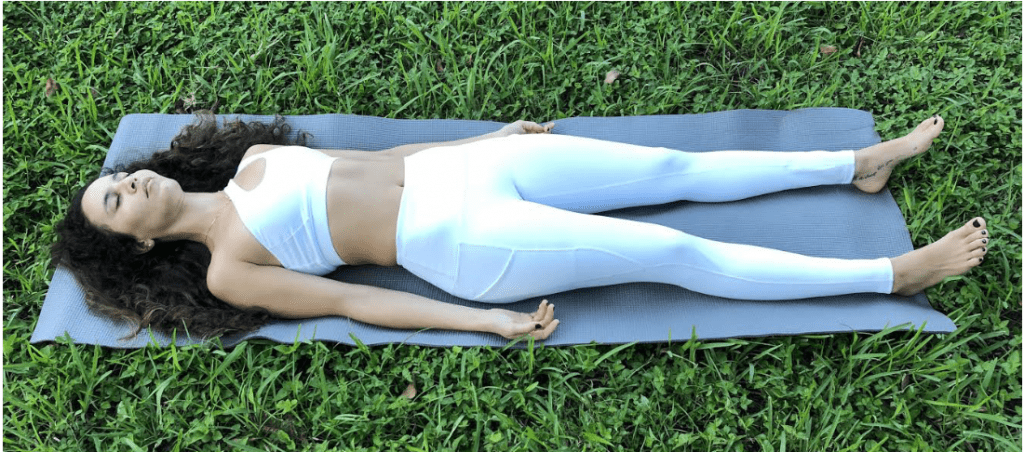
Sleep also plays a strong role in emotional well-being.It allows the brain to consolidate memories and process information. A chronic lack of sleep may affect memory and make one more prone to anxiety and depression.
So how does one practice yoga nidra? When the body is rested and heavy, focus thoughts on letting go of tension. The person guiding the session asks the student to acknowledge the thoughts occupying the mind and then let them go. Sometimes a visualization helps busy minds really let go.
Finally, practitioners allow themselves to be present without following a daydream, and they avoid bringing new thoughts to mind. In this stillness, one can achieve deep rest.
Anyone can practice yoga nidra any time of day. Wait an hour after eating or practice on an empty stomach. Practice when feeling physically or mentally tired. If suffering from insomnia or disturbed sleep, practice in bed at night.
Practice yoga nidra for five minutes to one hour. Some consider a 20-minute practice the minimum for the best effect—enough time for the body to let go of anticipation and enter deep relaxation. But a shorter session will certainly not hurt.
Regularly “letting go” of tensions in the body and in the mind increases the ability to recognize and release ruminating thoughts. Practitioners become freer and happier. Rest comes more easily. In this way, yoga facilitates good sleep habits. More rest over time will mean a healthier life overall. Open the augmented reality app THYNG, point it to this page, and try a yoga nidra session!
How to Practice Yoga Nidra
- Lie down in a comfortable position.
2. Relax the physical body.
3. Relax the mind.
4. Set an intention for the yoga nidra practice.
5. Rotate awareness through different parts of the body.
6. Visualize.
7. Reflect.
8. Revisit the intention for the practice.
9. Return to external awareness.
Click here to see how yoga promotes better sleep.
Lissette Caballero teaches pilates, yoga and breathwork in free live Instagram classes each weekday at @yogatraveladdict



